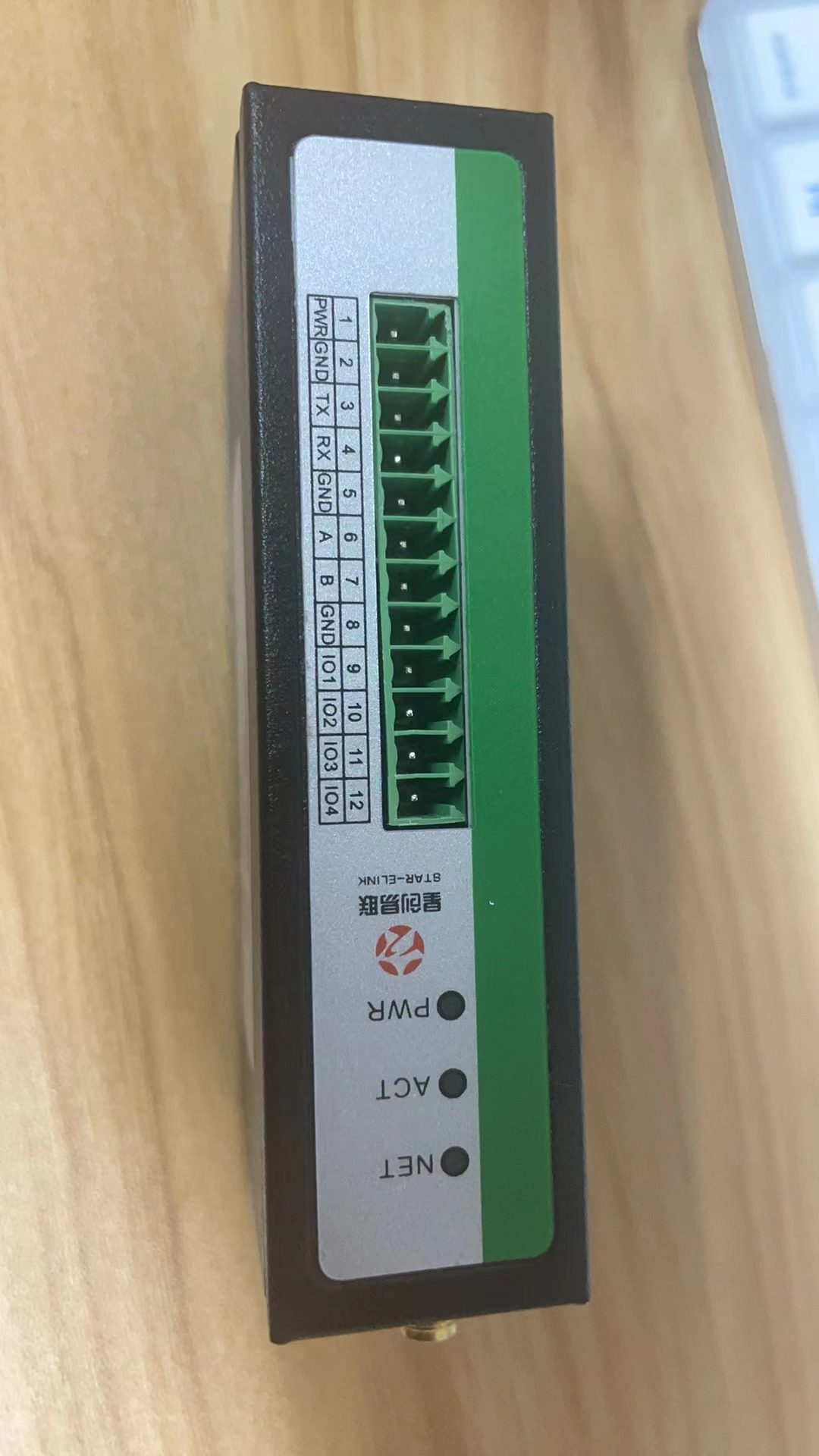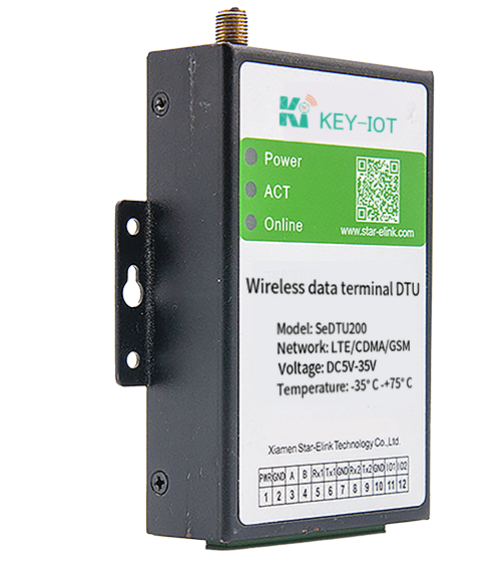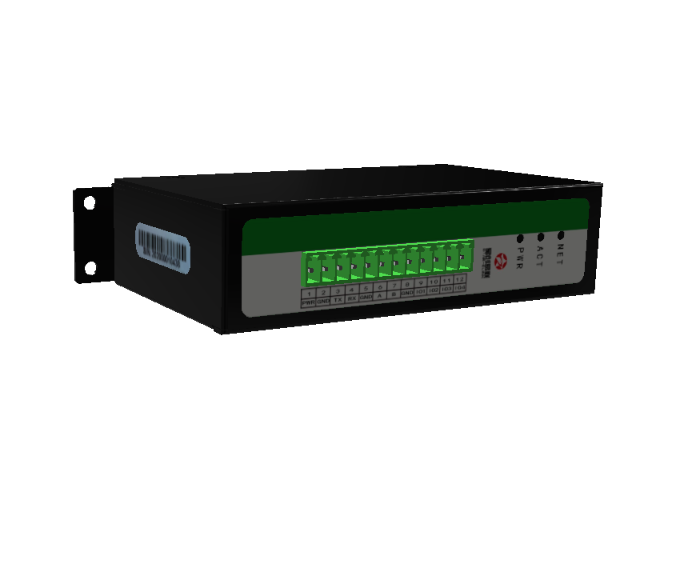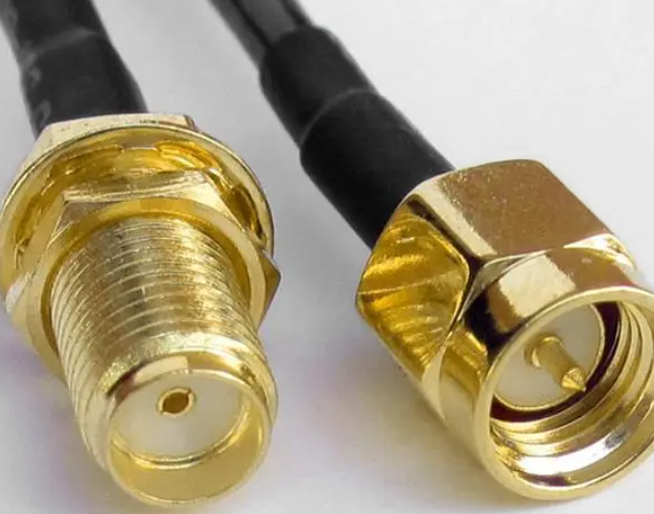As a KEY-IOT technical engineer, one of my primary responsibilities is to ensure that our LTE modem 4G devices are configured optimally for seamless serial communication. In this article, I will dive deep into the intricacies of configuring the bits and parity settings of LTE modem 4G, drawing upon my extensive experience in the field. By the end of this piece, you will have a comprehensive understanding of how to fine-tune these critical parameters to achieve reliable and efficient data transmission.

Understanding the Role of Bits and Parity in LTE Modem 4G Communication
Before we delve into the configuration process, it is essential to grasp the fundamental concepts of bits and parity in the context of LTE modem 4G communication. Bits refer to the basic unit of data transmission, representing either a 0 or a 1. Parity, on the other hand, is an error-checking mechanism that helps detect and correct data corruption during transmission. In LTE modem 4G devices, the proper configuration of these settings is crucial to maintain data integrity and minimize communication errors.
Configuring Data Bits: Balancing Speed and Reliability
The first step in optimizing LTE modem 4G serial communication is to configure the data bits. This setting determines the number of bits used to represent each character in the data stream. Typically, LTE modem 4G devices support 7 or 8 data bits per character. While 8 data bits offer higher data throughput, 7 data bits can be more reliable in noisy environments. As a KEY-IOT engineer, I carefully assess the specific requirements of each project to strike the perfect balance between speed and reliability when selecting the appropriate data bits configuration for LTE modem 4G.
Stop Bits: Ensuring Proper Data Framing
In addition to data bits, LTE modem 4G serial communication also involves the configuration of stop bits. Stop bits are appended to each character to signal the end of a data frame. LTE modem 4G devices commonly support 1 or 2 stop bits. The choice between 1 or 2 stop bits depends on factors such as the communication speed, cable length, and the presence of electrical noise. As an experienced KEY-IOT engineer, I carefully evaluate these factors and select the optimal stop bit configuration to ensure proper data framing and minimize the risk of communication errors in LTE modem 4G deployments.
Parity Bits: Enhancing Error Detection Capabilities
Parity bits play a vital role in detecting and correcting errors during LTE modem 4G serial communication. There are three common parity configurations: odd parity, even parity, and no parity. Odd parity ensures that the total number of 1s in the data, including the parity bit, is odd. Even parity, on the other hand, ensures that the total number of 1s is even. When no parity is used, error detection is not performed. As a KEY-IOT engineer, I carefully consider the error detection requirements of each project and configure the parity bits accordingly in LTE modem 4G devices to maintain data integrity.
Flow Control: Managing Data Transmission Efficiently
Flow control is another critical aspect of LTE modem 4G serial communication that requires careful configuration. It ensures that the transmitting device does not overwhelm the receiving device with data, preventing data loss and maintaining synchronization. LTE modem 4G devices support various flow control methods, such as hardware flow control (RTS/CTS) and software flow control (XON/XOFF). As a KEY-IOT engineer, I assess the specific needs of each project and configure the appropriate flow control mechanism in LTE modem 4G devices to optimize data transmission efficiency and reliability.
Baud Rate: Optimizing Communication Speed

The baud rate is a fundamental parameter in LTE modem 4G serial communication, determining the speed at which data is transmitted. LTE modem 4G devices support a wide range of baud rates, typically ranging from 1200 to 115200 bits per second (bps). Selecting the appropriate baud rate is crucial to ensure efficient and error-free communication. As a KEY-IOT engineer, I carefully consider factors such as the cable length, signal quality, and the processing capabilities of the connected devices when configuring the baud rate for LTE modem 4G. By optimizing the baud rate, I ensure that the LTE modem 4G communication is fast, reliable, and compatible with the connected systems.
Testing and Validation: Ensuring Optimal LTE Modem 4G Performance
Once the bits, parity, flow control, and baud rate settings are configured, it is essential to thoroughly test and validate the LTE modem 4G serial communication. As a KEY-IOT engineer, I employ a rigorous testing methodology to assess the performance and reliability of the configured LTE modem 4G devices. This includes conducting extensive data transmission tests, error rate measurements, and stress tests under various operating conditions. By meticulously analyzing the test results and making necessary adjustments, I ensure that the LTE modem 4G devices are optimally configured to deliver exceptional performance in real-world scenarios.
Case Study: Optimizing LTE Modem 4G Communication in a Industrial Automation Project
To illustrate the importance of proper bits and parity configuration in LTE modem 4G, let me share a recent case study from my experience as a KEY-IOT engineer. We were tasked with implementing LTE modem 4G connectivity in an industrial automation project, where reliable and efficient data communication was paramount. Initially, we encountered frequent communication errors and data corruption issues. Upon investigation, we discovered that the default bits and parity settings of the LTE modem 4G devices were not suitable for the harsh industrial environment. By carefully analyzing the specific requirements of the project and configuring the LTE modem 4G devices with optimized bits, parity, flow control, and baud rate settings, we were able to eliminate the communication issues and achieve seamless data transmission. This case study highlights the critical role of proper configuration in ensuring the success of LTE modem 4G deployments.
Conclusion: Mastering LTE Modem 4G Configuration for Optimal Performance
In conclusion, configuring the bits and parity settings of LTE modem 4G devices is a crucial aspect of ensuring reliable and efficient serial communication. As a KEY-IOT engineer, I have shared my insights and experiences in optimizing these critical parameters. By understanding the role of data bits, stop bits, parity bits, flow control, and baud rate, and applying the appropriate configuration techniques, you can unlock the full potential of LTE modem 4G communication in your projects. Remember to thoroughly test and validate the configured settings to ensure optimal performance in real-world scenarios. With the knowledge gained from this article, you are now well-equipped to tackle the challenges of LTE modem 4G configuration and deliver exceptional results in your engineering endeavors.
 KEY-IOT
KEY-IOT




